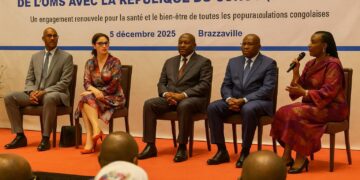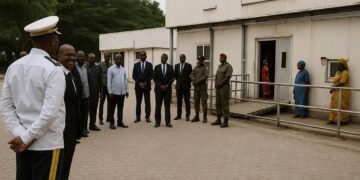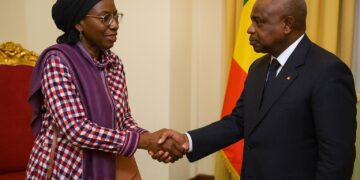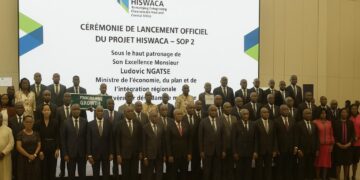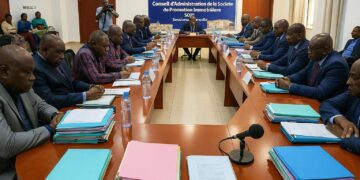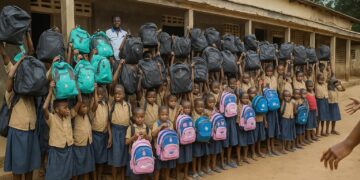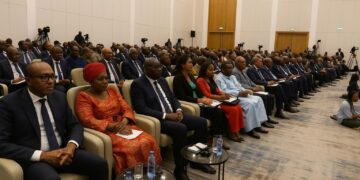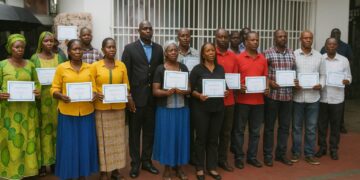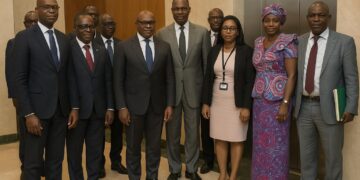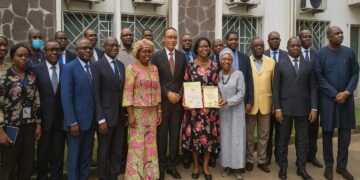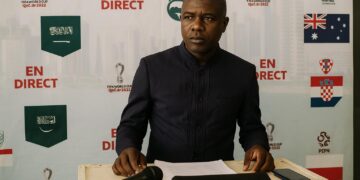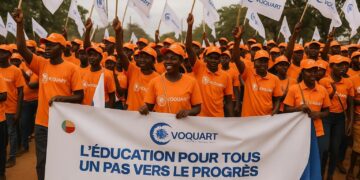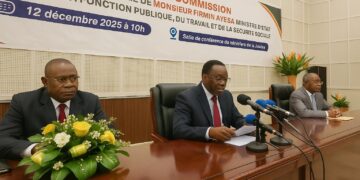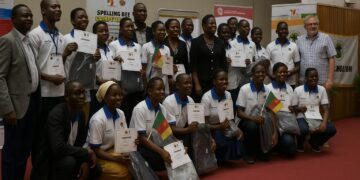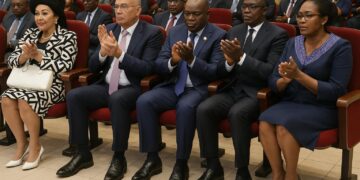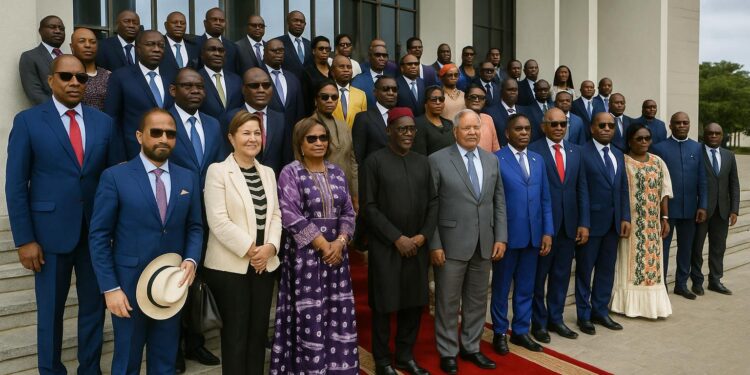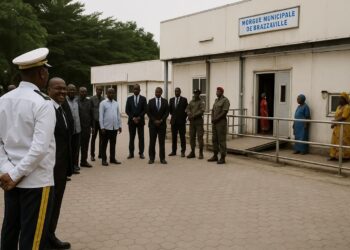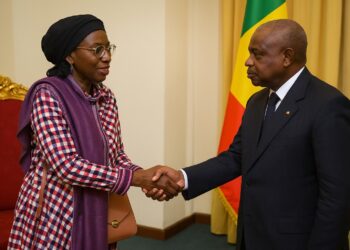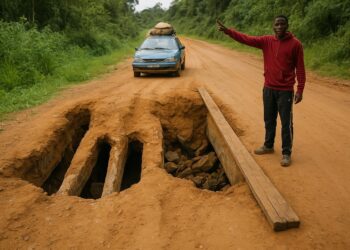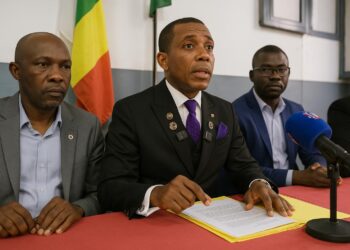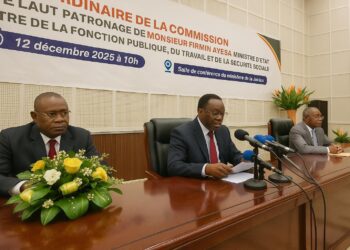A USD738m Programme Signals Ambition
Brazzaville has unveiled the Accelerated Community Development Programme, or PADC, a USD 738 million initiative designed to turbo-charge local economies and close infrastructure gaps across the Republic of Congo. Authorities say the scheme can reposition rural districts as engines of inclusive growth by 2030.
During a recent parliamentary briefing, National Assembly President Isidore Mvouba framed the project as an essential lever for socio-economic transformation, noting that poverty eradication hinges on narrowing territorial inequalities and providing reliable education, health, water and energy services to underserved communities.
Targeting Multidimensional Poverty
Government modelling, supported by the UN Development Programme, anticipates that 2.6 million Congolese could exit multidimensional poverty by the end of the plan’s first horizon, with 400 000 children gaining access to higher-quality schooling and 650 000 residents benefiting from dependable electricity supplies.
UNDP resident representative Adama Dian Barry told lawmakers that around 40 percent of the non-urban population should secure basic services once the programme matures, a milestone she linked to Congo’s pledge at the 2023 SDG Summit to accelerate localised delivery of the global goals.
Barry highlighted Congo’s manageable population, abundant natural resources and ‘visionary leadership’ as foundations for success, arguing that the PADC could curb rural exodus, foster youth employment and position the country as an early champion of the SDGs in Central Africa.
Five-Year Roadmap and Territorial Approach
Implementation is scheduled between 2026 and 2030, giving planners a defined five-year window to synchronise investments across education, healthcare, water, energy, roads and digital connectivity. Officials insist that aligning budget cycles to this calendar will avoid the stop-start patterns that have slowed earlier rural initiatives.
Central to the strategy is a so-called ‘territorialised’ methodology. Rather than imposing identical projects nationwide, teams will tailor packages to each district’s demographic profile, natural endowments and market potential, an approach the UNDP says has lifted execution rates in comparable programmes in Rwanda and Ghana.
Minister for Urban Sanitation, Local Development and Road Maintenance Juste Désiré Mondélé described the roadmap as a blueprint for reducing the ‘infrastructure fracture’ separating urban and rural Congo, emphasising that stronger village economies should eventually ease fiscal pressure on central government subsidies.
Financing Structure and Investor Angle
Of the USD 738 million envelope, roughly USD 165 million is expected to come directly from the national budget, with multilateral partners, bilateral lenders and private co-investors supplying the remainder. Officials stress the importance of presenting clear legal frameworks to reassure financiers over procurement transparency and project bankability.
Parliamentarians were told that concessional windows at the African Development Bank and the Saudi Fund for Development are already being explored, while domestic banks could syndicate local-currency tranches to mitigate exchange-rate risk for community-level contractors.
The Finance Ministry intends to channel part of the petroleum-tax windfall recorded in 2022 into a ring-fenced community fund that would guarantee counterpart contributions even if oil prices soften, a mechanism similar to Ghana’s Stabilisation Fund but adapted to Congo’s legal environment.
For equity investors, the authorities are packaging revenue-generating assets such as mini-grids, agro-processing centres and rural broadband towers into special-purpose vehicles that would qualify for existing tax holidays under Congo’s investment code, potentially improving internal rates of return above regional averages.
Governance, Accountability and Parliament’s Role
Isidore Mvouba emphasised that the Assembly will craft an enabling law to codify objectives, funding flows and monitoring obligations, thereby giving the programme a durable legal anchor that transcends electoral cycles and assures donors of continuity.
Oversight mechanisms will blend quarterly field inspections, digital dashboards and citizen feedback channels operated through local councils. Mvouba contends that this hybrid model draws on lessons from the national vaccination campaign, where real-time data helped teams re-route supplies and improve last-mile delivery.
The Prime Minister’s office will host a multi-agency steering committee, co-chaired by UNDP, to validate disbursements and approve course corrections. Such shared governance, officials argue, aligns with the 2021 mutual accountability framework signed between Congo and its development partners.
Why the PADC Matters for SDGs
Beyond bricks and mortar, planners view the programme as a catalyst for social cohesion, expecting women’s cooperatives and youth start-ups to secure a quarter of all procurement contracts, a target that dovetails with SDG 5 on gender equality and SDG 8 on decent work.
Environmental co-benefits are also baked in. Solar mini-grids and clean cooking solutions are expected to avoid 320 000 tonnes of CO₂ equivalent over five years, supporting Congo’s updated Nationally Determined Contribution and reinforcing the country’s role as guardian of the Congo Basin forests.
With parliamentary recommendations due in early 2025 and pilot projects already being scoped in Plateaux, Sangha and Cuvette, observers see the next 24 months as decisive for transforming the PADC from an ambitious concept into a cornerstone of Congo’s long-term development architecture.

